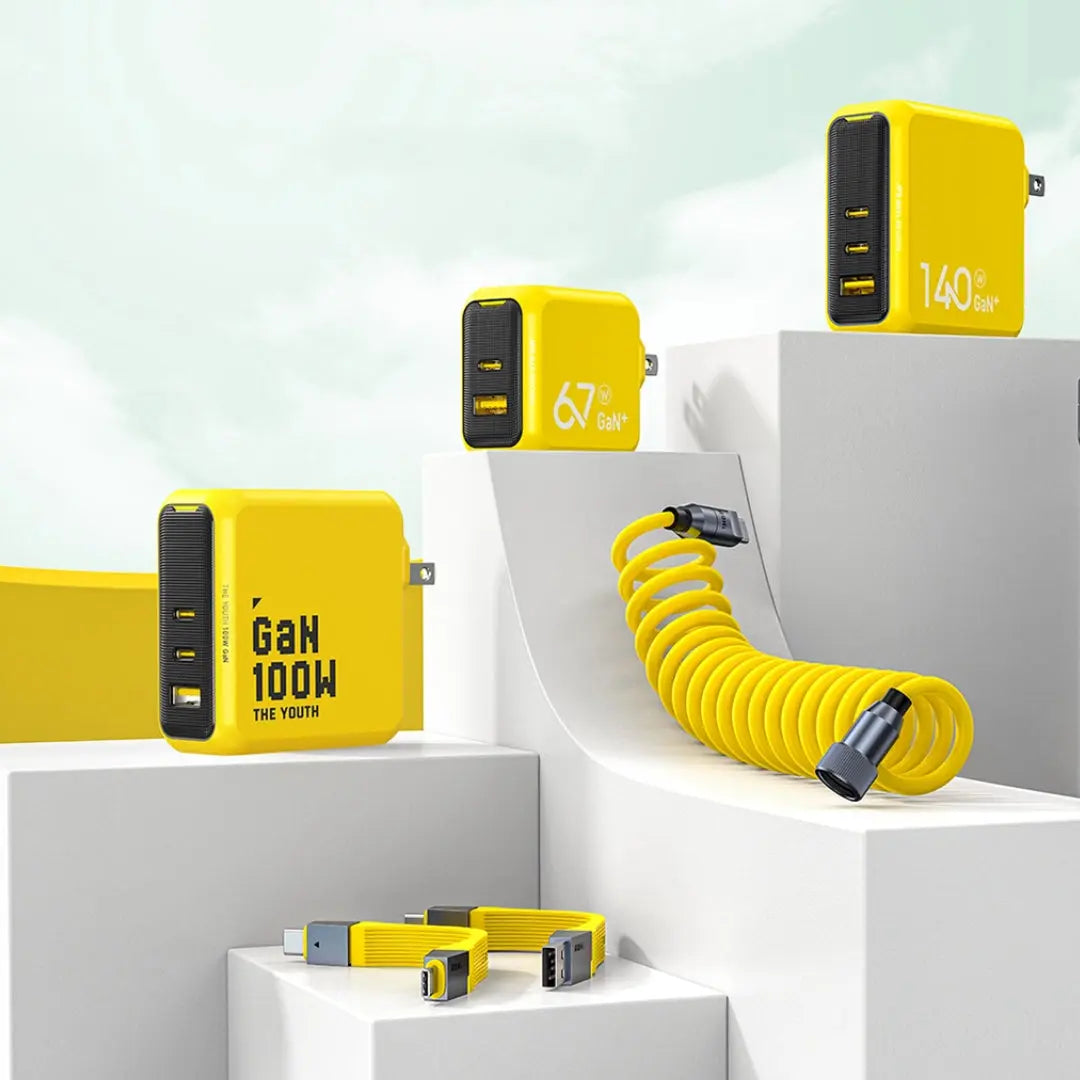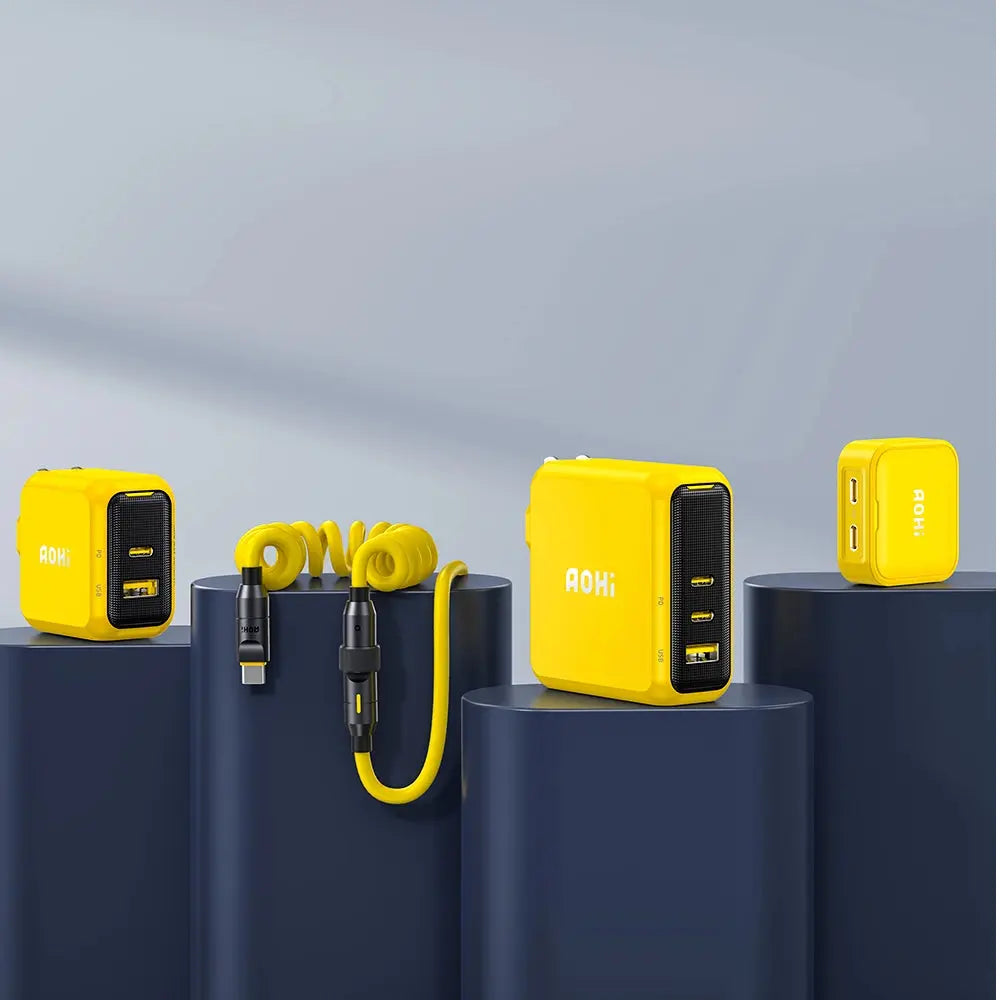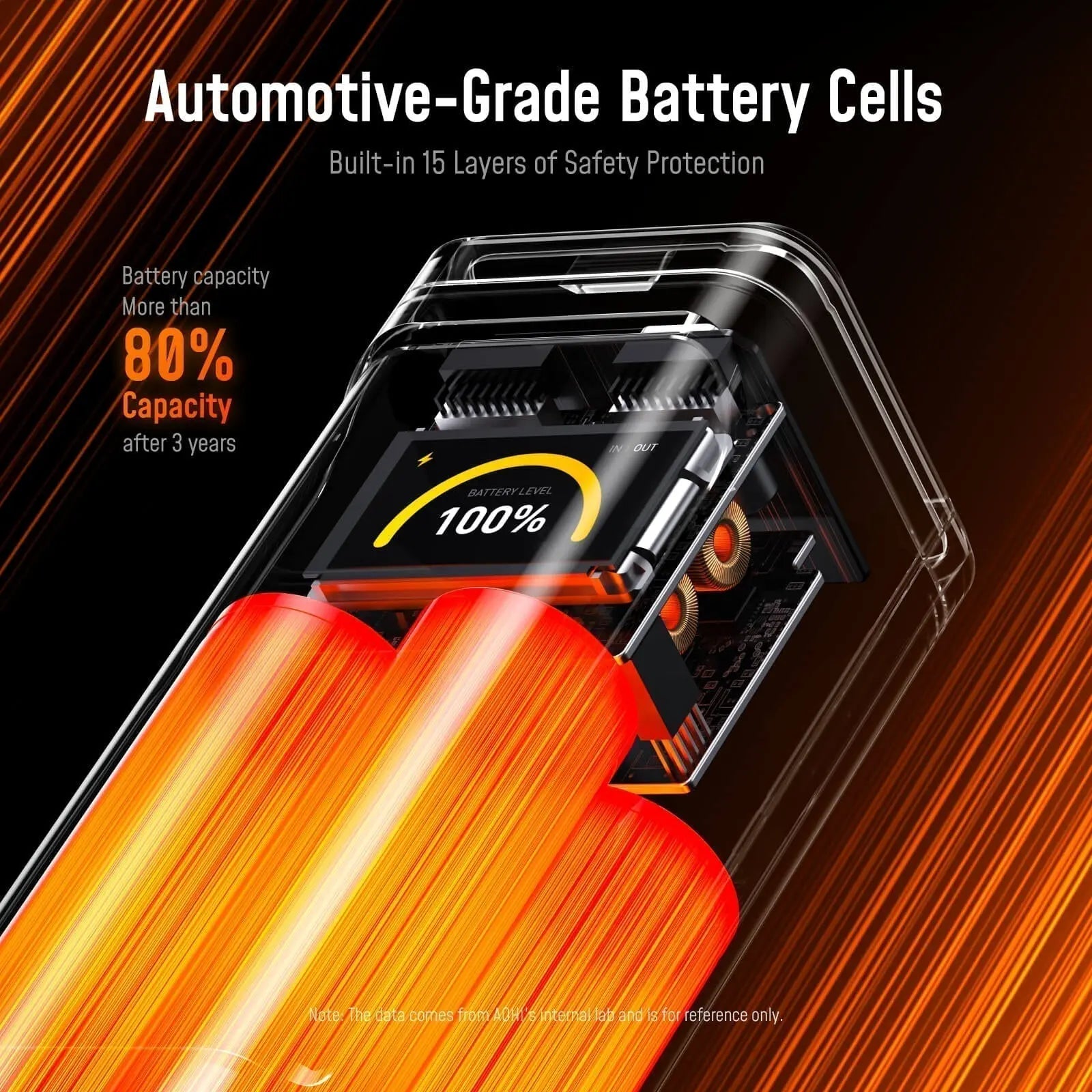From smartphones and laptops to power banks and electric vehicles, lithium-ion batteries are everywhere. They’re powerful, compact, and efficient — but they also require responsible handling to stay safe and last longer.
In this post, we’ll walk you through the key rules of battery safety, focusing on portable devices like power banks and charging accessories. Whether you're a casual user or a tech enthusiast, these tips are essential.
⚠️ Why Battery Safety Matters
Lithium-ion batteries can store large amounts of energy in a small space. But if used or stored improperly, they can:
-
Overheat
-
Swell
-
Leak
-
Catch fire in rare cases
These risks are extremely rare with high-quality batteries, but misuse, poor storage, or low-quality components can dramatically increase the chances of failure.
✅ Top Battery Safety Tips
1. Buy from Trusted Brands Only
Always purchase power banks and battery-powered products from reputable brands that comply with safety standards (e.g., CE, UL, FCC, RoHS, CCC). Avoid unknown or unverified sellers offering suspiciously cheap batteries.
At AOHi, every power bank is tested for thermal protection, overcharge prevention, short circuit resistance, and more.
2. Avoid Extreme Temperatures
-
Don’t expose batteries to direct sunlight, heaters, or freezing conditions.
-
Ideal temperature range: 10°C to 30°C (50°F to 86°F)
-
Never leave a charging power bank in a hot car or on a bed/pillow where heat can’t escape.
3. Don’t Overcharge or Over-Drain
Modern batteries and smart chargers prevent overcharging, but it’s still best practice to:
-
Unplug devices after they reach 100%
-
Avoid letting your battery go to 0% repeatedly
A good rule of thumb: keep battery levels between 20% and 80% for best health.
4. Use the Right Charger and Cable
Using incompatible or low-quality charging accessories can damage your battery and increase fire risk. Always use:
-
Certified chargers with correct wattage
-
High-quality USB cables designed for your device
5. Watch for Warning Signs
Stop using a power bank or device if you notice:
-
Swelling or deformation
-
Overheating even when idle
-
Fluid leakage or strange smell
-
Device not holding charge like it used to
These may be early signs of failure. Replace the battery or device immediately.
6. Store with Care
If you're not using your power bank for a while:
-
Charge it to 50–70% before storing
-
Keep in a cool, dry place
-
Check and recharge every 2–3 months
🚫 What Not to Do
-
❌ Don’t pierce or disassemble the battery
-
❌ Don’t place heavy items on it
-
❌ Don’t leave it in wet or humid environments
-
❌ Don’t throw it into fire or household trash
🔋 Looking for a Safer Power Bank?
At AOHi, we design our power banks with multiple safety layers, including:
-
Smart temperature monitoring
-
Over-voltage & over-current protection
-
Fire-resistant casing
-
Certified battery cells
Explore our safest and most trusted models here:
🧠 Final Thought
Battery safety doesn’t have to be complicated — just a few smart habits can go a long way. When paired with a trusted, well-designed product, you’ll enjoy fast, powerful charging without worry.
Choose smart. Charge safe. Stay powered with confidence.





